Teaching accessible and LGBTQ+ inclusive sexuality education
People with intellectual and developmental disabilities are capable of understanding gender and sexuality. All people, including people with intellectual and developmental disabilities, should have access to comprehensive and LGBTQ+ inclusive sexuality education. Just like other people, many of us want to be in romantic and sexual relationships. When we are denied sexuality education, we are prevented from reaching our relationship goals and we are at greater risk of being harmed. We should have access to sexuality education so that we can make informed decisions about our lives, be sexual self-advocates, and have healthy and happy relationships. This chapter gives a brief overview of some ways to promote access to comprehensive and LGBTQ+ inclusive sexuality education.
Accessible Instruction
People with intellectual and developmental disabilities should be taught information about the world, even if the information seems complicated and difficult to understand. There are many ways to make sexuality education more accessible to people with intellectual and developmental disabilities. Here are a few principles and strategies that can make sexuality education more accessible:
Universal Design for Learning
Presume Competence
Start with the belief that people with disabilities are capable of learning about and understanding gender and sexuality. If a person does not learn something the first time, that does not mean they will never learn. If you teach something and a person does not understand it, you should try different ways to teach until it clicks for that person.
Direct instruction
Structure your lessons so that you can teach new skills and concepts gradually and add to the skills and concepts as the lessons progress. Explain new vocabulary words and show learners how to use new skills. Then learners can practice the words and skills.
Think about the hidden curriculum
Understand that you might have to teach things that others may have picked up from subtle cues. If a person does not understand something about gender or sexuality, then the topic can be addressed in sexuality education curriculum. For example, sexuality education curriculum for learners with intellectual and developmental disabilities could address topics such as what attraction feels like, how to ask someone out on a date, and what sexual slang terms mean.
Use plain language
Plain language means using everyday vocabulary and less-complex sentences so that information is easier to understand.
Use concrete examples
Examples help to show what a concept means in the real world. When you give a few examples, learners can start to see the meaning of an idea.
Use visual supports, such as drawings, pictures, and videos
Repetition
People are more likely to learn and remember new things when they have repeated exposure to concepts and multiple opportunities to practice.
Time to process
Slow down and give people time to think about what they are learning.
Check for understanding
You can ask learners questions and use assessments to see what they have learned. You can ask learners to “teach back” to you what they learned, so that you can see what they are understanding. This information will show you what you might need to revisit or teach in another way.
Make accommodations
You should make any other accommodations that the learners need, such as reading words out loud, sign language interpreters, speech-to-text technology, communication boards, etc.
Here is one example of how you could use direct instruction, plain language, examples, and visuals to teach learners with intellectual and developmental disabilities about the meaning of transgender.
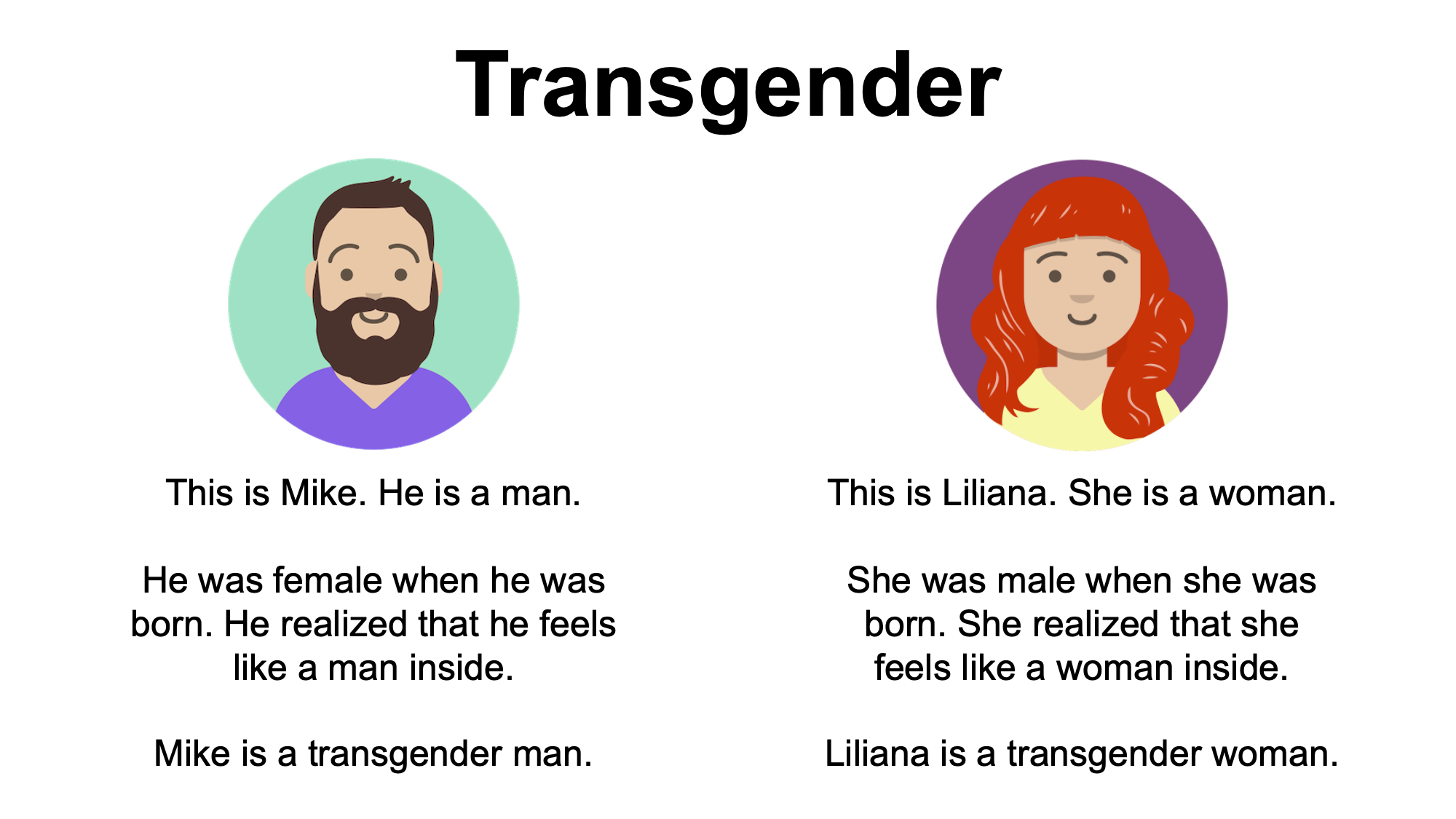
What to say: There are many different gender identities. I am going to explain what transgender means. Not everyone born female is a woman. Not everyone born male is a man. Some people have a gender identity that is different from their sex when they were born. Transgender people know inside that they are a gender different from the sex they were born. There are many transgender people who live as the true gender they feel inside. For example: [read the text on the slides]. [Show a video explaining transgender identity: https://youtu.be/-3ZzpTxjgRw] Does anyone have a question about what transgender means?
LGBTQ+ Inclusive Strategies
These are some strategies that can be used throughout a sexuality education class to make the class LGBTQ+ inclusive.
Using inclusive language
You can show throughout your sexuality education curriculum that romantic and sexual relationships can be between people with all different genders, not just between men and women. Be sure to use gender-neutral relationship terms, such as “sweetheart” and “partner”, when speaking generally about relationships.
Providing LGBTQ+ examples and representation
Gender, sexuality, and the LGBTQ+ community should not be a separate topic that is taught during one class session. LGBTQ+ information, examples, and representation can be included throughout the curriculum, on all topics. For example, if you are doing an activity where learners are talking about consent scenarios, you should include some same sex relationships in the scenarios. When you show pictures of romantic and sexual partners, some pictures can depict same sex partners and transgender people.
Teaching about parts, not assumed identities
Gender is not so simple! It seems easier to make general statements, such as “Men cannot get pregnant” and “Women menstruate,” but this information is not accurate, as it excludes transgender and intersex people. If we oversimplify and make generalizing statements about anatomy, then our learners will not be prepared to navigate the diversity of gender and sexuality that exists in the world. We recommend that you teach about anatomy based on body parts, instead of assuming the identity of those body parts. For example, if you first teach about reproductive body parts, then you could explain that anyone with a vagina and uterus might get pregnant if sperm goes inside their vagina. If it helps learners to understand, it is okay to say that many people with a vagina and uterus are women, but that it is not true for everyone. Then you can connect this to other lessons about gender identity.
LGBTQ+ Inclusive Topics
We asked the 23 LGBTQ+ adults with intellectual and developmental disabilities that we interviewed about what people should learn about gender and sexuality in sexuality education classes. Here are some ways that they felt comprehensive sexuality education topics can address gender, sexuality, and the LGBTQ+ community.
Identity
Teach that gender and sexual diversity and LGBTQ+ identities exist, are valid, and should be accepted. Talk about how other identities interact with each person’s experience of sexuality (for example, disability and race). Learners can think about the many different aspects of who they are, and learn that they can define their gender and sexuality for themselves.
Body parts are not the ultimate destination. Sex ed is so much more. It is about a sense of purpose, defining your sense of self.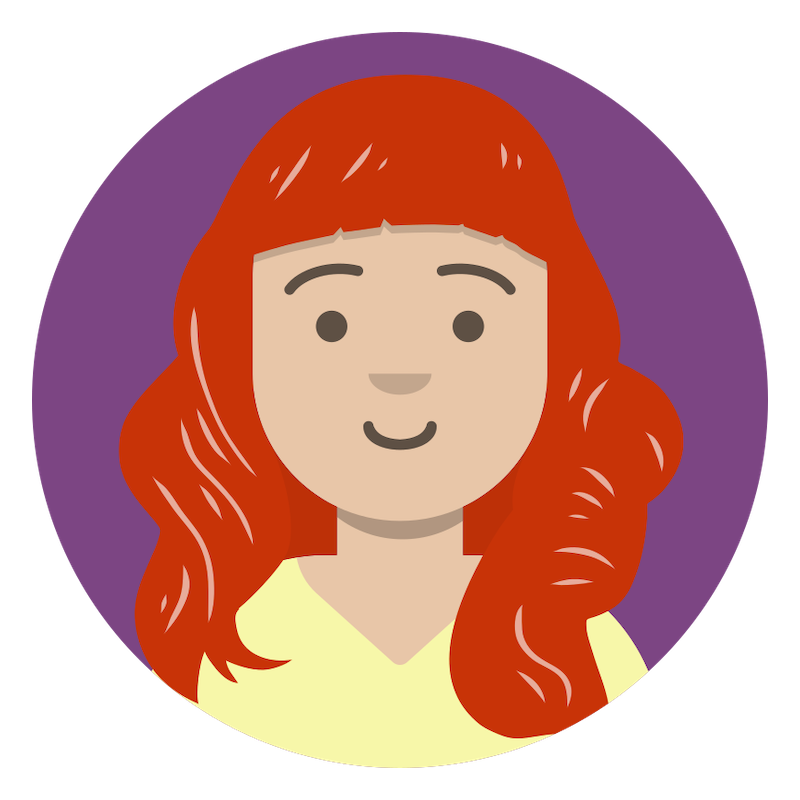 LilianaAsexuality is a spectrum like everything in the LGBT. A lot of asexuals are ashamed to feel some libido, but asexuals sometimes they feel some libido. It’s perfectly fine.
LilianaAsexuality is a spectrum like everything in the LGBT. A lot of asexuals are ashamed to feel some libido, but asexuals sometimes they feel some libido. It’s perfectly fine.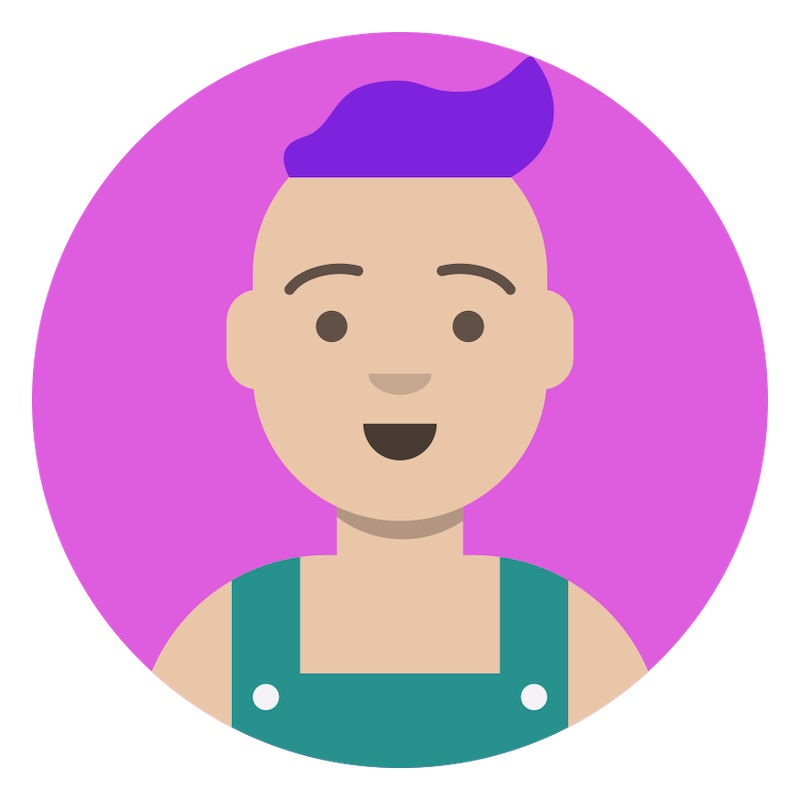 Casey
CaseyConsent
Teach that each person’s body is their own and each person has the right to make their own decisions about if and when to be sexual with another person. Consent is ongoing and clearly communicated.
When I was growing up I was watching these movies where you just go and grab someone and make out with them, but you kind of have to have that conversation of consent. Gabe
GabePleasure
Sometimes sexuality education for people with disabilities is all about avoiding abuse. That is one important topic, but people can also learn that sex can be pleasurable. People can have a pleasurable sex life with themselves and/or with sexual partners. Sexuality educators can encourage people with intellectual and developmental disabilities to figure out what they enjoy sexually to have a pleasurable sex life. Also, porn can bring pleasure to people’s lives. Some people learn about sex by watching porn. They might learn about what they find attractive. Porn can also be unrealistic, show stereotypes, and does not always show consent and communication. People can learn porn literacy so that they can explore what turns them on and also be able to think critically about what they see.
I didn’t even see two guys having sex until I was in my teens. And then when I finally saw two men, I was like, “Yes, this is reality. This is reality. This is, yes. Yeah, baby!” Listen, I’m gonna go off script here. I’m gonna get a little X-rated right now. When I saw two men for the first time. Oh, I was blown away. I was like, “Yes, yes, yes!”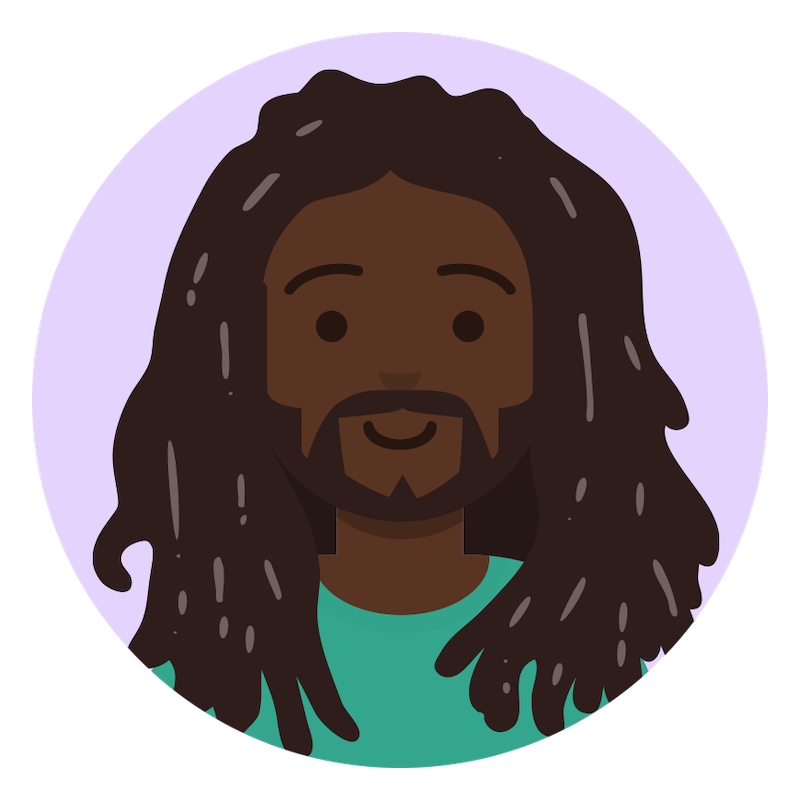 Andre
AndreMasturbation
Learning about masturbation is important because it can bring pleasure to people’s lives and it can help some people to discover what they like sexually, including who they are attracted to.
Doing it yourself is not bad. It’s more safer that way. I like doing it with myself now, more than anybody else.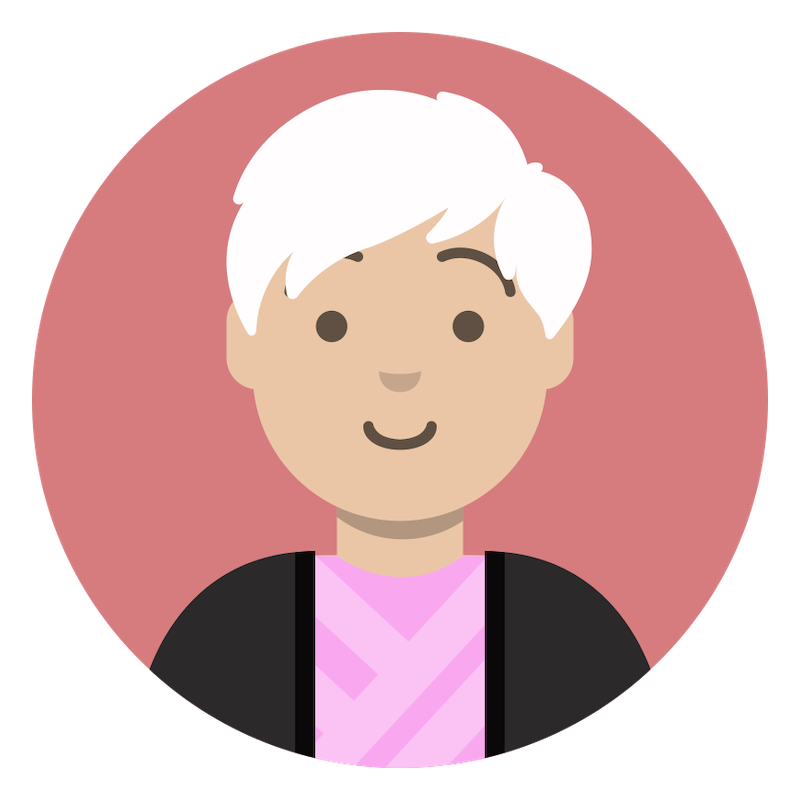 Katherine
KatherineCommunication
People can have safer and more pleasurable relationships when they are able to communicate their sexual interests and boundaries to the people in their lives. Learning to communicate about gender and sexuality can help LGBTQ+ people with intellectual and developmental disabilities advocate for themselves and talk to their romantic and sexual partners about their relationships. There is more than one way for lesbians to be together, or for gay men to date, or for transgender people to have sex. These are all things that partners can work out in their relationships by communicating with each other. Speech is one way to communicate. People who use other forms of communication, such as sign language or assistive technology, can also learn to communicate about gender and sexuality. Learning to communicate about gender and sexuality also helps people to speak with their doctors about sexual health and family planning!
Don’t force the person to do what they don’t want to do. You have to talk to the person, make sure the person is comfortable.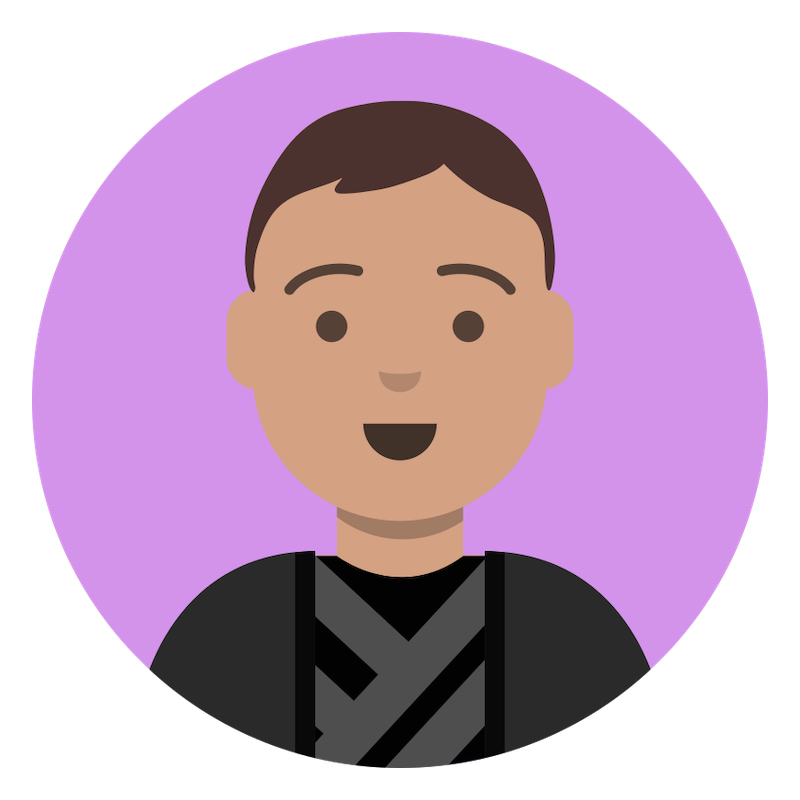 Yasir
YasirDating
Sexuality educators can provide information and resources to help LGBTQ+ people learn to navigate the dating world. People often assume that everyone is heterosexual, so it can be hard to meet potential partners who are also LGBTQ+. Also, sometimes LGBTQ+ people can be in danger if they flirt with someone who has negative feelings towards LGBTQ+ people. There are some subtle cues that can help a person figure out if someone is also LGBTQ+ and possibly interested in dating. There are also specific places and dating apps where LGBTQ+ people can find one another. Sometimes dating apps can be great, but it is important to learn how to spot people who are lying or trying to take advantage of others.
Sexual Acts
Sexuality education classes should not only teach about vaginal sex. There are many different ways that people are sexual, especially within the LGBTQ+ community. Learners should be able to learn about a wide range of sexual acts and how to navigate different types of sexual acts while protecting their sexual health. There can be more consent and communication when people know about different types of sexual acts and how to talk about them with their sexual partner(s).
I wanna learn about kissing. I would like to kiss somebody, but not a housemate. Out there [pointing outside]. How to touch people, and hugging. I’m a hugger, not a fighter. I want to learn about touching private spots. I would wanna learn how to feel good.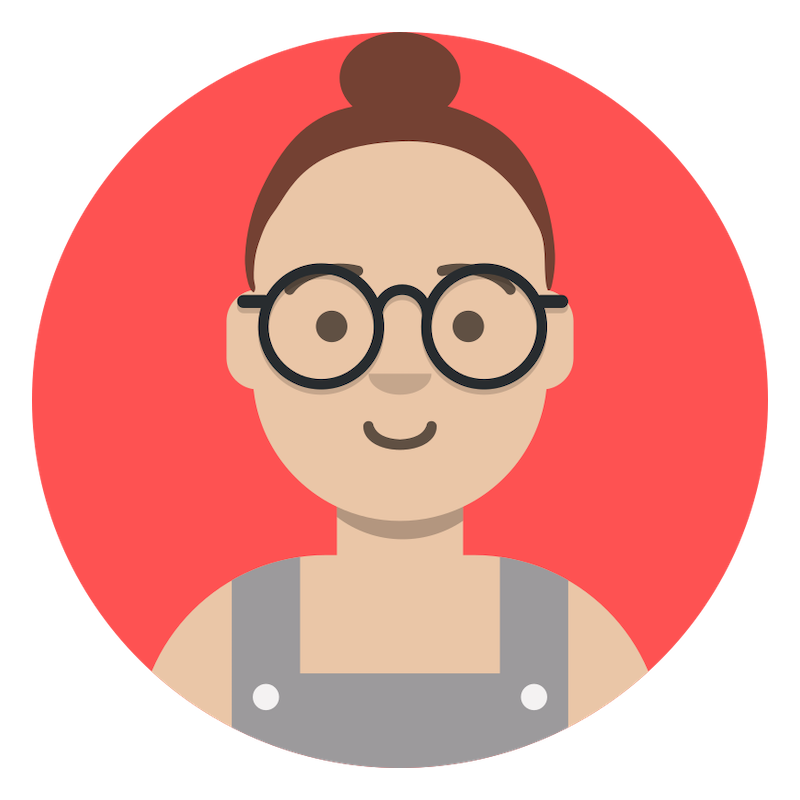 RachelThey should show what the GLBTQ anatomy is all about. Like, a guy likes a guy and these are the things that a guy and a guy would do. And say it in a tasteful way that wouldn’t freak heterosexual kids out.
RachelThey should show what the GLBTQ anatomy is all about. Like, a guy likes a guy and these are the things that a guy and a guy would do. And say it in a tasteful way that wouldn’t freak heterosexual kids out.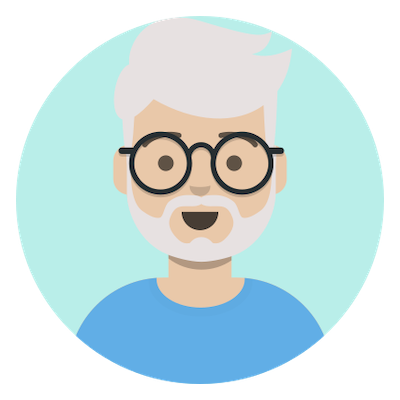 Tim
TimInterpersonal Violence
When teaching about preventing, recognizing, and responding to abuse and assault, people should know that interpersonal violence can occur in all different types of relationships between people of all different genders. No matter the gender or relationship, sexual abuse and assault are not okay and are not the fault of the person who was assaulted. Access to comprehensive and LGBTQ+ inclusive sexuality education can prevent people with intellectual and developmental disabilities from experiencing or perpetrating interpersonal violence.
Sexual Health and Contraception
Sexual health education includes learning about annual sexual health screenings, methods of contraception, and disease prevention, testing and treatment. Teach about STI and HIV prevention for a wide variety of sexual acts and about STI and HIV testing, without shaming or stigmatizing sexual activity. Learners should know that there are treatments for STIs and HIV, and that people with STIs and HIV can still be sexually healthy and have pleasurable sexual relationships. You can also teach about medications that prevent HIV transmission, such as pre-exposure prophylaxis (PrEP) and post-exposure prophylaxis (PEP). Many LGBTQ+ people participate in sexual acts that can lead to pregnancy, and people should have information about pregnancy and pregnancy prevention. There are different forms of contraception that may be a better fit for each person, and that can depend on their gender and sexual identities. When LGBTQ+ people with intellectual and developmental disabilities understand their own health and have access to a healthcare provider they trust who is knowledgeable about LGBTQ+ health, they are morely likely to communicate openly with their provider about sexual health and get the healthcare they need.
Families
Sexuality education can include information about many types of families, instead of including only heterosexual couples with biological children. There are many different family arrangements and many ways that LGBTQ+ and heterosexual people can bring children into their families if they want to.
Everything, man! I really think it is important to teach about attraction, touching, consent, safe sex, recognizing abusive behaviors and people, dating, mindfulness with interacting with someone else, STIs, family planning, resources for getting help in an abusive situation, different types of relationships, anatomy, hygiene. I think those are good places to start.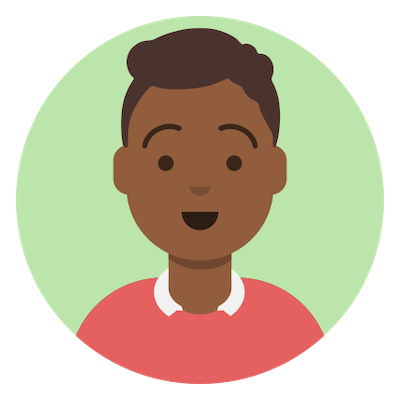 Sasha
Sasha
Please visit our resource list for further reading on promoting access to comprehensive and LGBTQ+ inclusive sexuality education!
Reflection Questions
- If you are teaching a sexuality education class, what are three things you could do to make it more accessible to people with intellectual and developmental disabilities?
- If you are teaching a sexuality education class, what are three things you could do to make it more LGBTQ+ inclusive?
- A gay man with an intellectual disability wants to have sex with his boyfriend and asks you for information. What information might be helpful to him? How would you make it accessible?
- What is vaginal sex? Explain it in plain language without assuming it is only between one man and one woman. What instructional strategies could you use to make the concept clear to learners with intellectual and developmental disabilities?